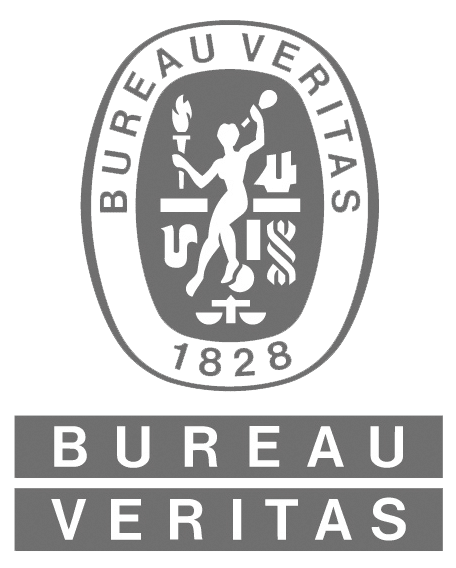Calibration / standardization
These two terms have a broad or narrow definition, depending on circumstances, and some sources use them interchangably. Calibration connotes extensive or exacting measurements, under specified conditions, to determine how closely the output values of a measuring process or system compare to nationally or internationally traceable standards of verified known value. Once this measurement has been performed, any deviation from required performance specifications may be corrected by adjustment, repair or replacement. Standardization connotes a procedure for making limited routine measurements and adjustments to the process or system in order to correct minor known variations, such as those associated with changes in operating environment or working materials. Calibrations are normally performed at longer intervals (annual or semi-annual) set by instrument manufacturers, official standardizing agencies, or operating circumstances, while standardizations are typically done on a daily or weekly basis. Not all simple systems or processes are readily adjustable–for example, the contents of a liquid-in-glass thermometer. In such a case the calibration would only involve determining the thermometer’s ‘true’ reading as opposed to its stated reading and applying a correction factor, without the corresponding physical adjustments normally associated with the calibration process. For complex instrument systems used in modern oil analysis laboratories, both manual and electronic calibrations and standardizations are essential in maintaining acceptable performance.
« Back to Glossary Index